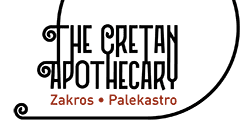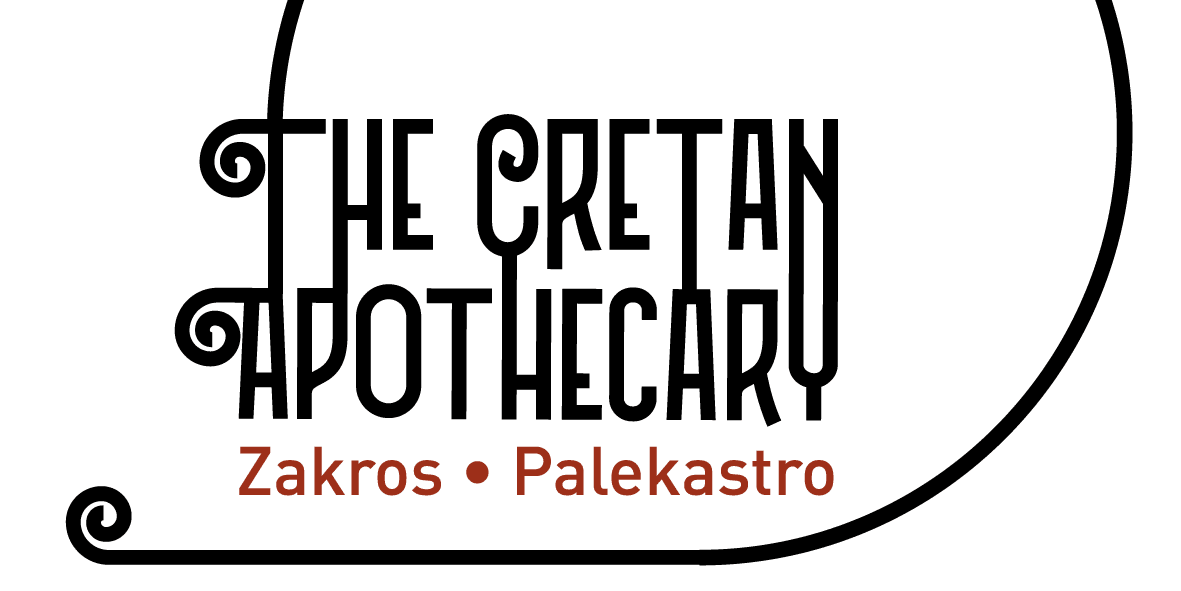
The natural active ingredients that KORRES uses derive from four primary ingredient groups:
MEDICINAL HERBS: Ingredients inherited from our pharmacy days / Calendula, Echinacea, Hypericum, Evening Primrose
GREEK FLORA: Plants that have evolved adaptations to grow in Greece’s unique environment / Thyme, Sage, Bay Laurel, Olive, Mastiha
FOOD INGREDIENTS: Beneficial ingredients with advanced skincare properties including Yoghurt, Thyme Honey
NATURAL ACTIVES: Actives such as natural antioxidant Quercetin, with proven efficacy as per the findings of international research programmes including the primary research carried by the Korres Research & Development Lab.
THE ROMANCE OF NATURAL INGREDIENTS
The ever so appealing romance of Nature in the role of the ultimate provider; Eve in the Garden of Eden tempting Adam to eat from the Tree of Knowledge; Homer referring to the ‘pomegranate breaking’, a tradition that has survived until today due to the fruit’s association with life, fertility, passion and power; Socrates sentenced to death by drinking a lethal blend containing hemlock poison; the Grimm Brothers’ Rapunzel, named after the rapunzel, a plant of ‘discord’; “la fée verte” or green fairy in French, the anise-flavoured spirit – Absinthe – derived from the herb Artemisia absinthium, associated with Parisian artists and writers.
PLANT POWER
Healing, calming, toning, seducing; the power of the plants has been an area of study from early on; the Greek physician Hippocrates, also known as the father of medicine, refers to a vast number of medicinal plants in his writings. Fast forward to the Golden Age of Botany, a time when botany was a branch of medicine and practiced almost exclusively by doctors and surgeons; Vis Medicatrix Naturae, the healing power of nature in Latin. Fast forward to the KORRES homeopathic remedies archive, with over 3,000 natural remedies, based on plants. All our formulations are developed based on natural ingredients.


